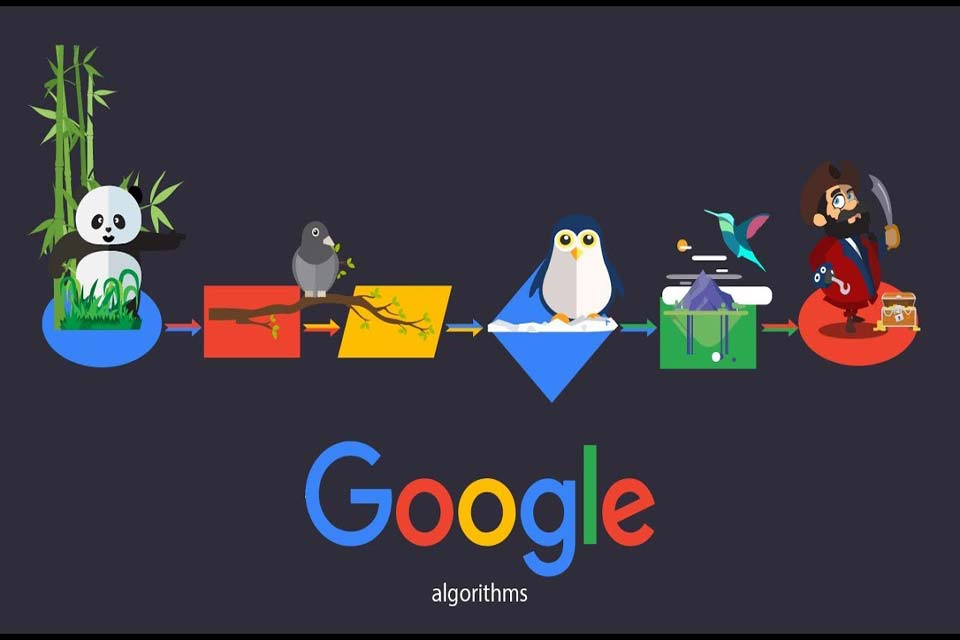Google Updates and What They Tell Us To Avoid
Google dominates the internet search engine industry, so if you want your website to be ranked as high as possible, you should pay close attention to what Google says it is looking for. Over the years Google has sought to make its results the very best they can be and in doing so, have introduced several updates in terms of what they see as a positive and negative SEO practices.
Some of these updates had a devastating effect on thousands of websites who saw their ranking plummet overnight. The majority of these were websites whose SEO optimisation techniques had become undesirable to Google. By moving these sites down or out of their results completely Google expected that the people using their search engine where seeing higher quality results.
Here are the main updates Google have introduced in recent years and what they mean in terms of SEO practices.
Panda
Released in 2011, and still part of Google’s primary algorithm, the main objective of Panda was to tackle the number of websites with low-quality and spammy type content. Specifically, it penalised:
- Content stuffed with keywords
- Plagiarism and copyright infringements
- Duplicate content, especially within a website
- Low word count pages, or ‘thin content’
To avoid any of these penalties you should always ensure that any content on your website is good quality, is original, has at least 300 words, and reads naturally.
Penguin
Whilst Panda dealt with spammy content, a year later Google decided it wanted to address the issue of dubious backlinking practices. They sought out websites whose backlinking profiles were unnatural, and which seemed to be trying to manipulate Google linking algorithm. Penguin’s main targets were:
…

